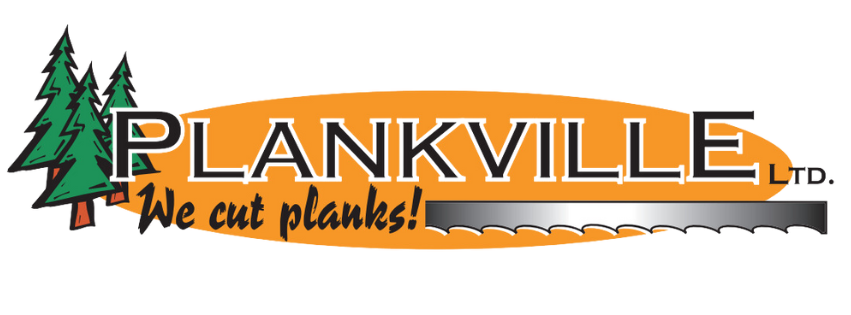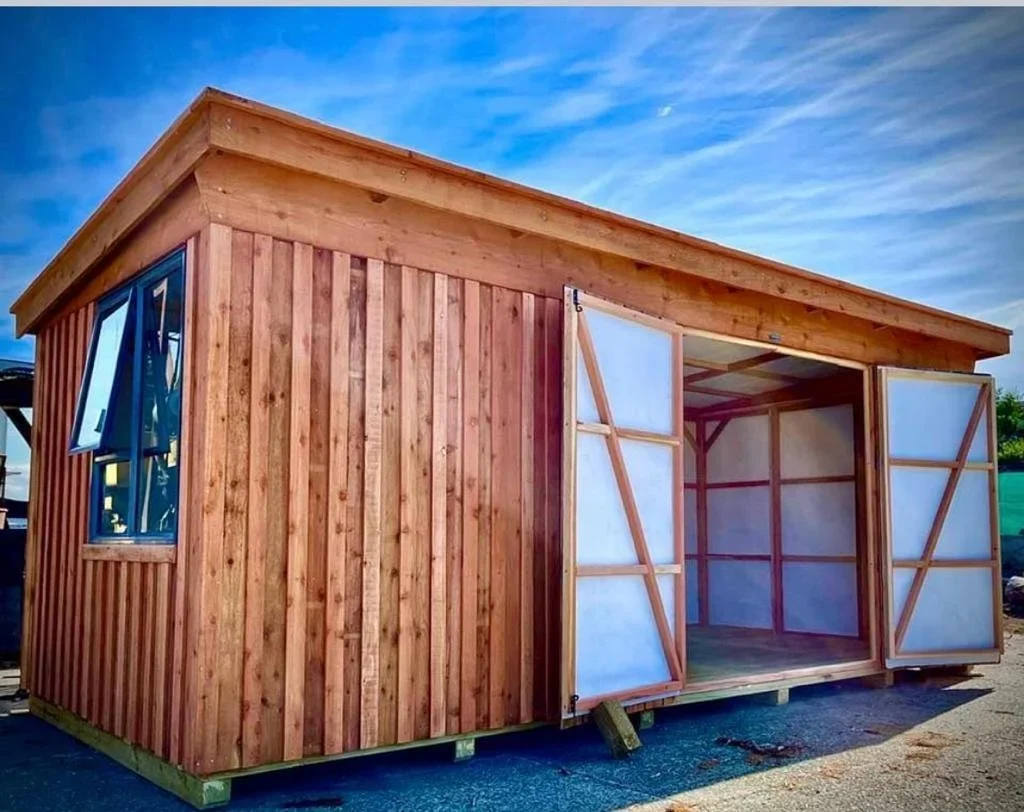The Best Guide to Shed Placement for Kiwi Properties
Know Where Your Shed Belongs
You've picked out the ideal shed — tough, good-looking, and made to stand the test of time. But here's the big question: where should you put it?
Lots of Kiwi homeowners make this common error — they purchase a shed and stick it in any open spot in the yard. A short time later, they discover the area floods when it rains, the doors stick when it's hot, or the local authorities aren't pleased with its location.
That's why we've put together The Ultimate Shed Placement Guide for Kiwi Properties — to help you dodge expensive errors and get the most out of your new shed. Whether you plan to store garden gear, set up a backyard workshop, or create a hobby nook, picking the right spot can mean the difference between a useful shed and a headache-inducing one.
At Plankville, we do more than just provide top-notch timber and custom-built sheds — we ensure you start off on the right foot.
Interest: Why Does Shed Placement Matter So Much?
Picture your shed as a tiny home — it needs the right spot to stay dry, easy to reach, and stand the test of time. Where you put it has an impact on both its looks and how well it works over time.
Here's what to think about when picking a spot for your shed:
1. Sun and Shade Mix
The New Zealand sun can be tough — but it also helps keep your shed dry. In a perfect world, your shed would get morning sun to dry off dew and afternoon shade to avoid getting too hot.
If you're keeping garden tools or wooden furniture, staying away from constant full sun helps cut down on warping and fading. For garden sheds or workshops natural light from the north-facing side works best — it keeps the space bright and welcoming.
2. Drainage and Ground Slope
Rain can turn your shed base into a muddy mess if the drainage isn't right. The key rule? Stay clear of low spots.
Pick an area with a slight slope or build a solid foundation using treated timber from our Timber Range. You can also put in gravel or a concrete pad to help water flow off — stopping rot, mould, and rust on metal parts.
3. Council Rules and Property Boundaries
This is where many Kiwis run into trouble. Each council in New Zealand has its own guidelines on shed placement about how near you can build boundaries or fences.
In most cases smaller garden sheds under 10 square metres don't need approval — but location still counts. If your shed sits too close to a boundary, it might require fire-resistant materials or a setback.
Before you begin, look up your local council website or reach out to the Plankville team. We've helped customers all over the country and can make sure your shed meets all requirements — avoiding any unpleasant surprises down the road.
Find out more about our complete Shed Range and receive expert guidance for your area.
4. Access and Useability
You might overlook access — until you attempt to pull your lawnmower across the lawn after heavy rain.
Consider how you'll use your shed every day. Is it close to the garden to access tools? Near the driveway to load ? Ensure there's a flat clear path and enough room to open doors. If you plan to set up a workshop, think about the sources of electricity and lighting.
Plankville's custom-built sheds offer design options with access points that meet your needs — reach out to us about layout choices to simplify your life.
5. Aesthetics and Flow
A shed should do more than just function — it should **fit in **. Place it in a spot that enhances your home's style, keeps important views clear, and integrates with the garden.
Adding coordinating planter boxes or garden beds such as our Planter Garden Beds, helps create a unified appearance.
Get More from Your Shed with Smart Design
Picture yourself walking out to a well-positioned shed — staying dry all year catching morning light, and easy to reach in any weather.
That's the outcome of thoughtful planning and clever design — something Plankville helps homeowners accomplish every day.
When you purchase or construct a shed with us, you get more than top-notch materials. You gain the advantage of years of expertise in wood construction and yard layout.
We use sourced NZ timber and offer custom sizes and styles, whether you desire a charming garden hideaway or a functional tool area. Also, our wood products and flitches and slabs can assist you to craft matching outdoor furniture or decorations that suit your shed.
When you place and build your shed well, it doesn't just store stuff — it boosts your property value and becomes a lasting feature you'll use for years.
Want to Find the Best Spot for Your Shed?
Don't guess where to put your shed — let the pros at Plankville help you out.
We can assist you to:
Pick the right shed design for your plot
Get to grips with local council rules
Receive tips on foundations, drainage, and access
Use eco-friendly NZ wood for durable results
👉 Check out Plankville Sheds to see our shed selection or get in touch with our team to get advice on your next project.
The ideal shed begins with the right location — and Plankville gives you both.
FREQUENTLY ASKED QUESTIONS
-
For most small sheds under 10 square metres, you don't need approval, but you must stick to boundary setback and height rules. It's best to check your local council's rules before you start.
-
Pick a flat area that drains well, gets sun in the morning and shade in the afternoon. Make sure you can reach your garden or tools and stay away from spots that often flood.
-
You should keep a shed at least one meter from any boundary unless you build it with materials that resist fire. To find out the specific rules in your area, take a look at your council's website.
-
A strong even foundation like concrete, a wooden platform, or packed gravel keeps your shed steady and stops water from causing damage.
-
Make sure water drains . Raise the shed a bit. Put gravel or pavers under it. Keep the gutters clean.

